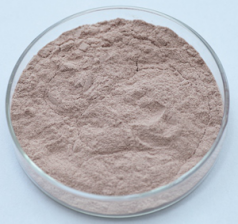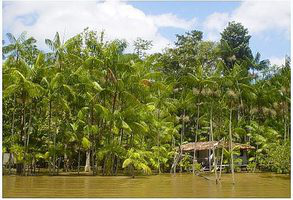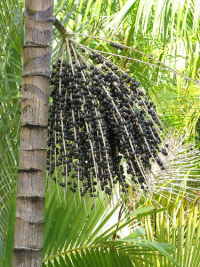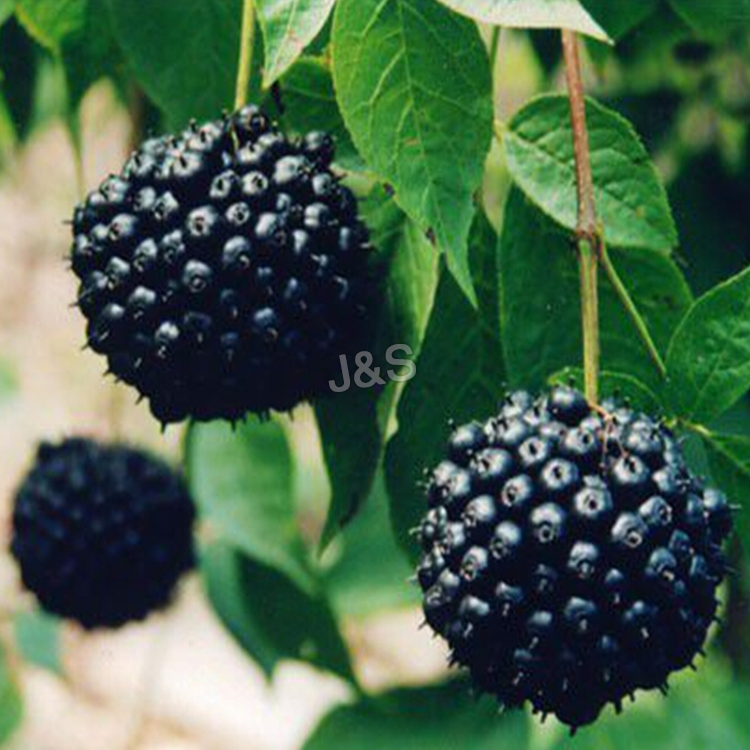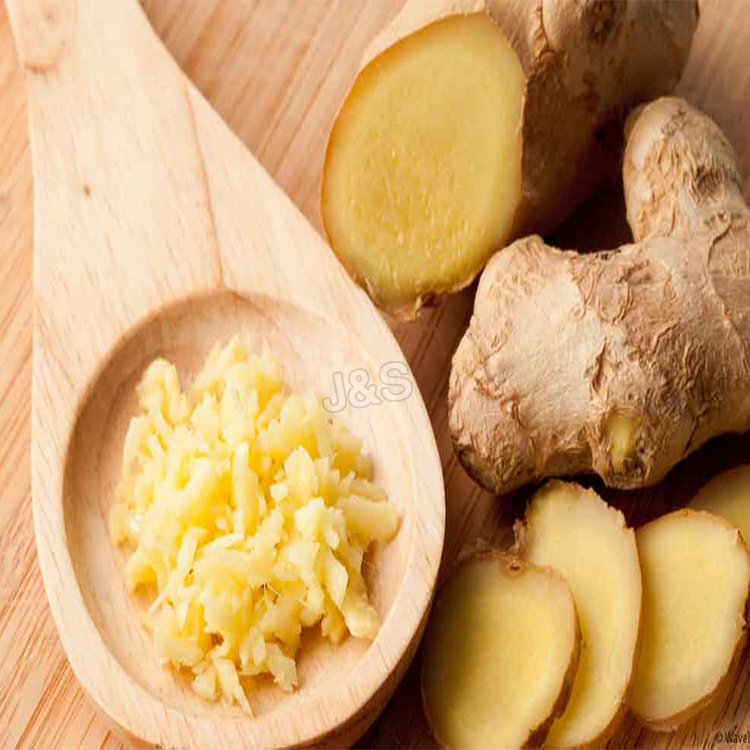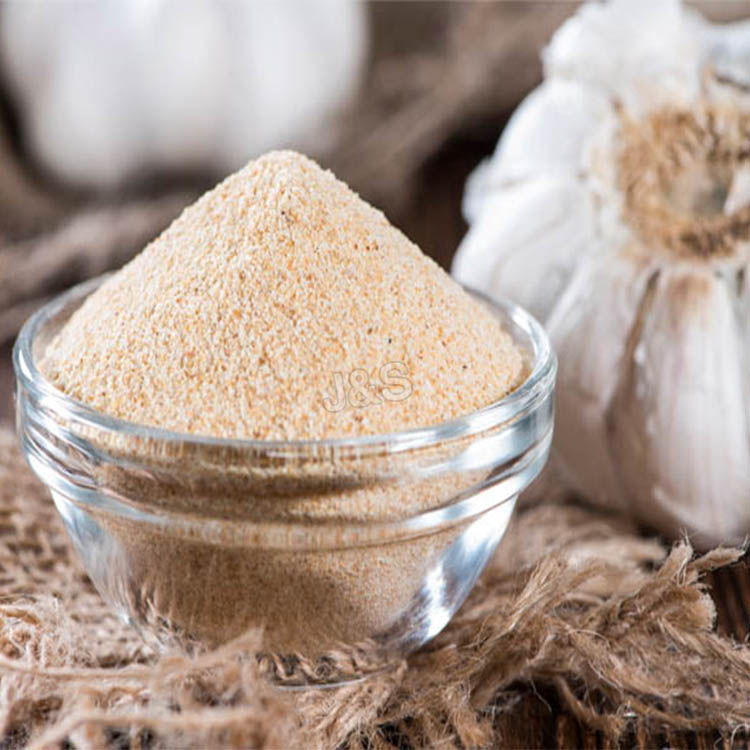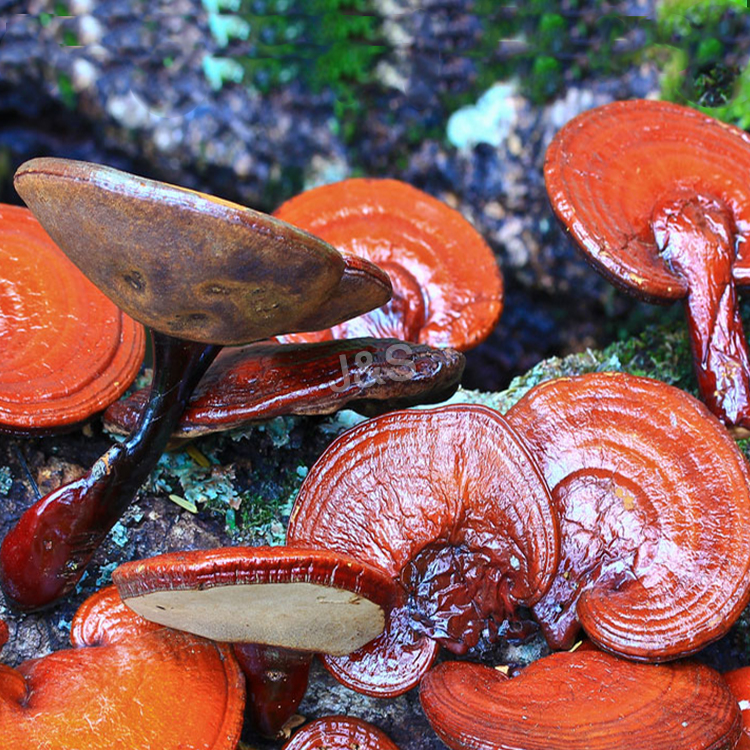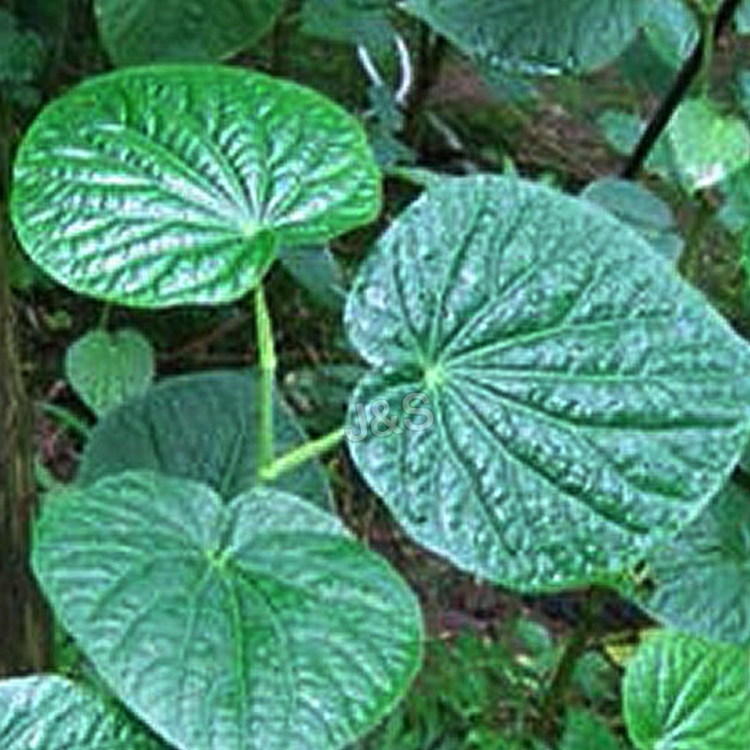Hot New Products Acai berry extract Manufacturer in Lahore
Hot New Products Acai berry extract Manufacturer in Lahore Detail:
[Latin Name] Euterpe Oleracea
[Plant Source] Acai Berry from Brazil
[Specifications] 4:1, 5:1, 10:1
[Appearance] Violet Fine Powder
[Plant Part Used]:Fruit
[Particle size] 80 Mesh
[Loss on drying] ≤5.0%
[Heavy Metal] ≤10PPM
[Pesticide residue] EC396-2005, USP 34, EP 8.0, FDA
[Storage] Store in cool & dry area, keep away from the direct light and heat.
[Shelf life] 24 Months
[Package] Packed in paper-drums and two plastic-bags inside.
[Gerneral feature]
- 100% extract from Acai berry fruit;
- Pesticide residue: EC396-2005, USP 34, EP 8.0, FDA;
- Directly import fresh frozen acai berry fruits from Brazil;
- The standard of the heavy mental is strictly according to the
foreign pharmacopoeia USP, EU.
- High standard of the quality of imported raw materials.
- Good water solubility, reasonable price.
[What is Acai berry]
The south American Acai palm(Euterpe oleracea)-known as the tree of life in Brazil-provides a small berry which is growing in fame, particularly following recent studies by well-known herbalists and naturopaths that have categorised it as a “superfood”. Acai berries are extremely rich in antioxidants, vitamins and minerals. The acai berry is also famous for its capacity to support dieting, protect the skin, reduce the risk of cardiovascular disease and prevent the development of certain types of cancer.
[Function]
While there are many different berry and fruit juices on the market, Acai contains the most complete array of vitamins, minerals, and essential fatty acids. Acai contains Vitamin B1 (Thiamin), Vitamin B2 (Riboflavin),
Vitamin B3 (Niacin), Vitamin C, Vitamin E (tocopherol), iron, potassium, phosphorus and calcium. It also contains the essential fatty acids Omega 6 and Omega 9, all the essential amino acids, and more protein than an average egg.
1)Greater Energy and Stamina
2)Improved Digestion
3)Better Quality Sleep
4)High Protein Value
5)High Level of Fiber
6)Rich Omega Content for Your Heart
7)Boosts Your Immune System
8)Essential Amino Acid Complex
9)Helps Normalize Cholesterol Levels
10)Acai Berries Have 33 Times the Antioxidant Power of Red Grapes and Red Wine
Product detail pictures:
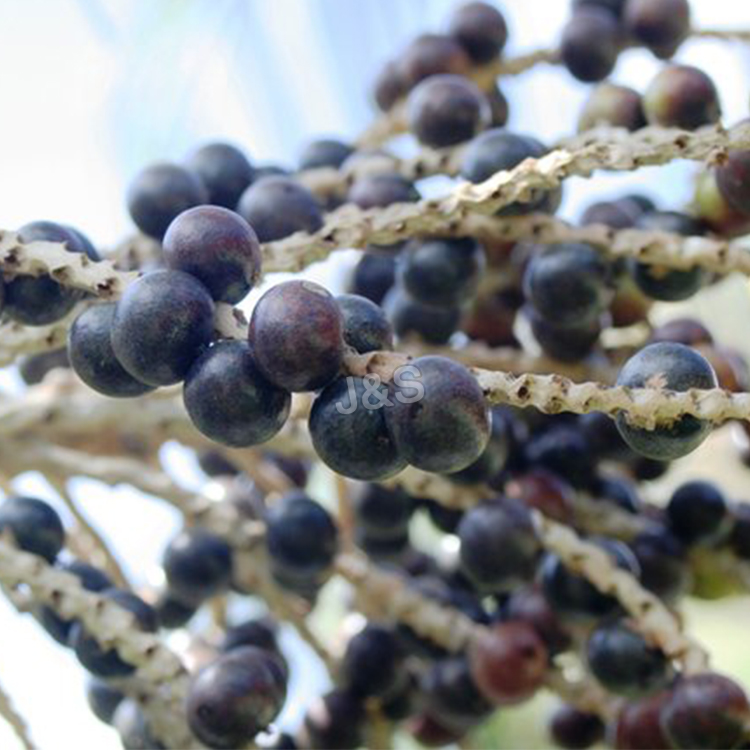
Related Product Guide:
Our company insists all along the quality policy of "product good quality is base of enterprise survival; buyer fulfillment will be the staring point and ending of an company; persistent improvement is eternal pursuit of staff" and also the consistent purpose of "reputation very first, shopper first" for Hot New Products Acai berry extract Manufacturer in Lahore , The product will supply to all over the world, such as: Nairobi, Armenia, Auckland, Our aim is to help customers to make more profits and realize their goals. Through a lot of hard work, we establish a long-term business relationship with so many customers all around the world, and achieve win-win success. We will continue to do our best effort to service and satisfy you! Sincerely welcome you to join us!
Instructions: Lie down, Turn-off the lights, Relax, and Clear your Mind. Breathe deeply and let the beats put you into a meditative state.
The video contains binaural beats technology requiring BOTH left and right stereo channels to work. A single speaker or mono output will not work. There are no or minimal natural background sounds for maximum effectiveness.
Please use good headphones or earphones to improve the effects.
These are experimental samples used within our group of tester’s for over a year. It is as perfect as we can get it now so it was decided to release to the public. We found it is a code for unlocking the spirit. And the spirit can do anything! Use the two basic beats stated below as a daily regiment for a minimum of 30 minutes to see the good benefits. Seriously, no pain no gain!.
To get the full version of the Ascension Beat and Solfeggio Harmonics, just sign-up to our forum below, as you can find us there! Please support our efforts!
Please sign-up and join us on the paranormal forums, and post your feedback/experiences there:
https://awakened.yuku.com/
Members may get chosen for free energy scans and clearing services if they post the most feedbacks. So sign-up today and become an Awakened member!
Our website: Awakened2012.com
Other Full length binaural beat brainwave entrainment tracks are available in iTunes:
https://itunes.apple.com/us/artist/ascension-archangel/id455133276
Consult with your physician first if you are using these beats while on any sort of medication or have any kind of medical condition.
These Beats by King-Louie AKA Ascension-ArchAngel
Sharing is Caring…More to Come!
Dr. Steven Lamm speaks about The Power Pycnogenol
The company comply with the contract strict, a very reputable manufacturers, worthy a long-term cooperation.
